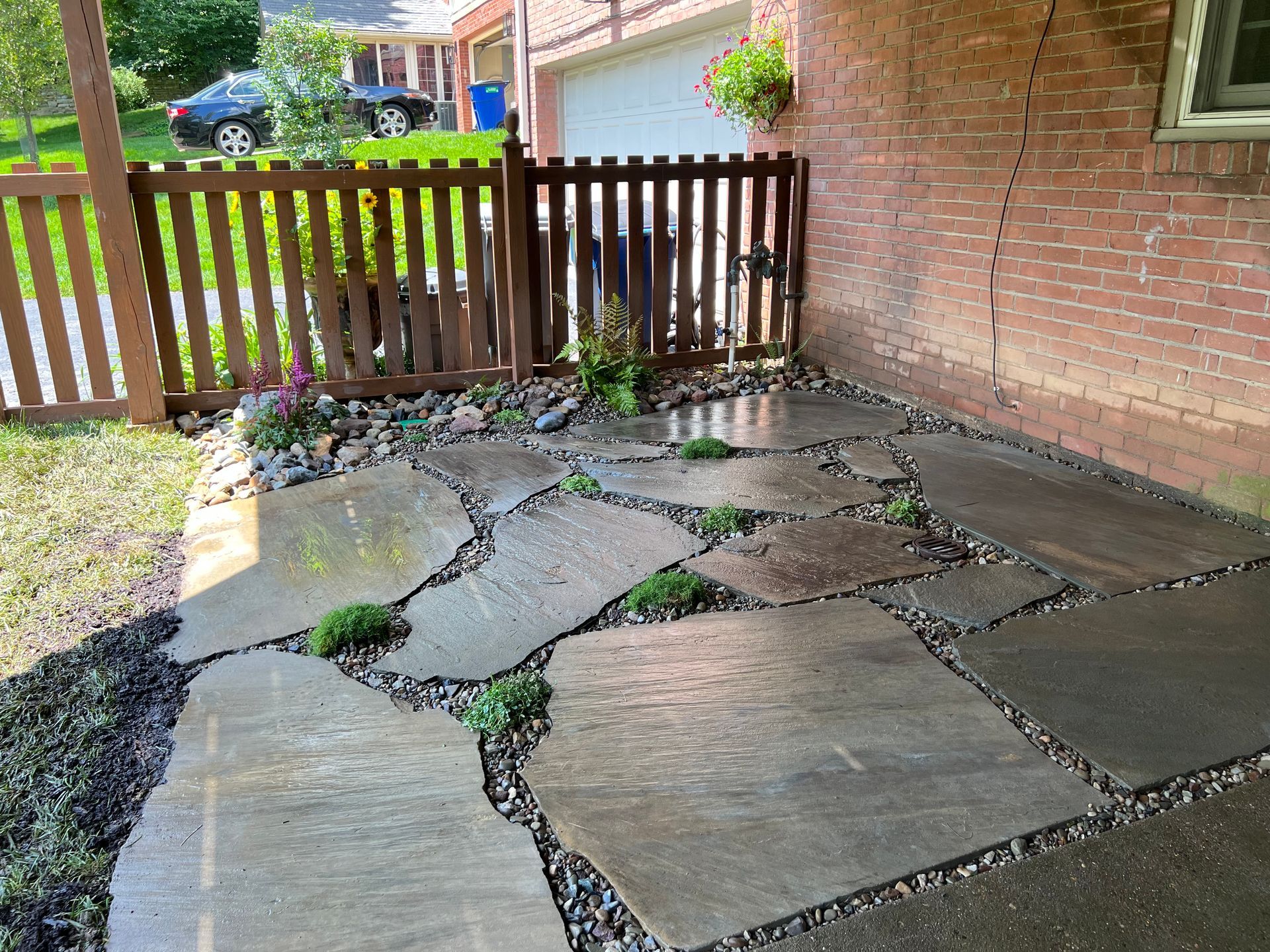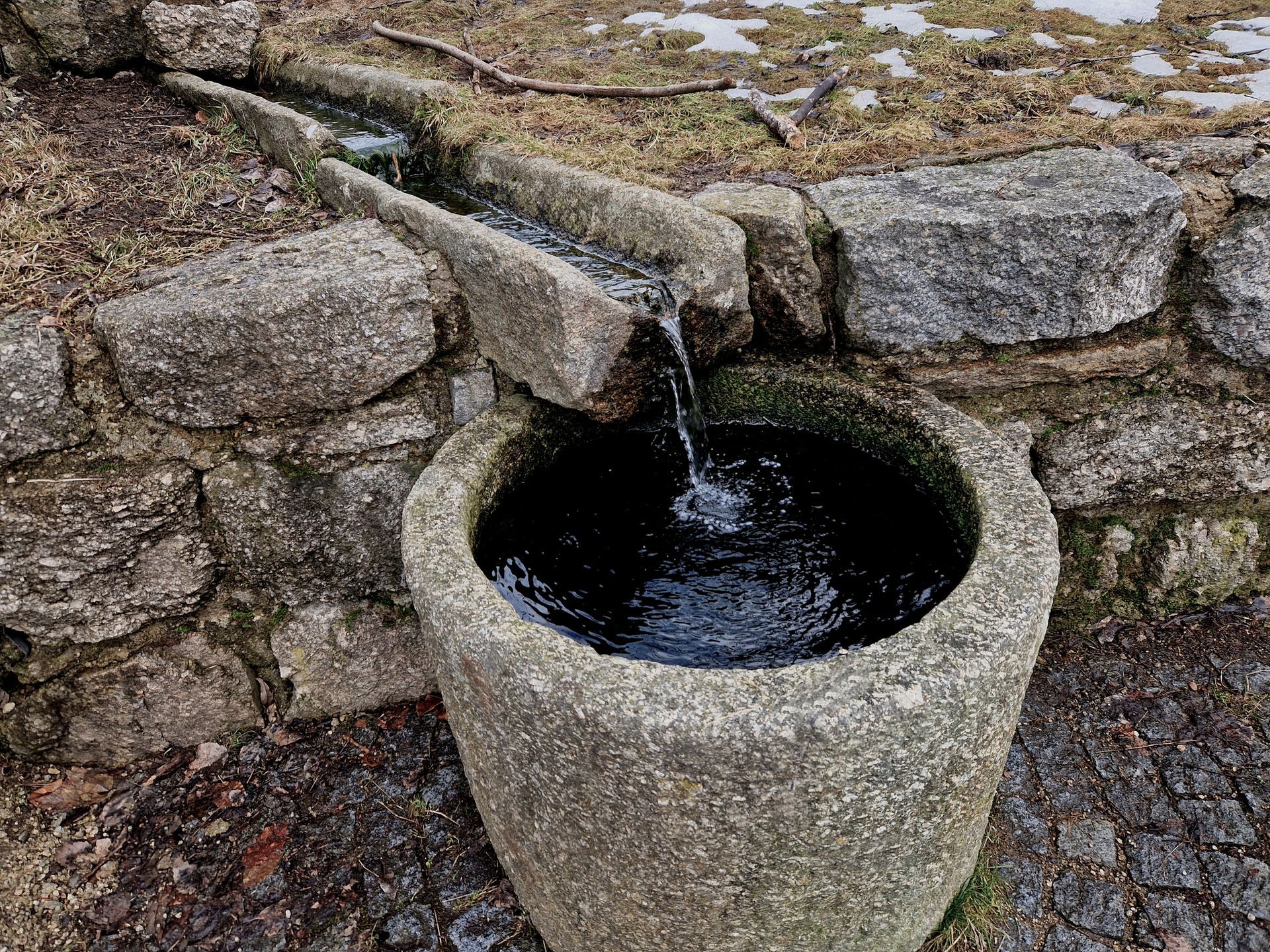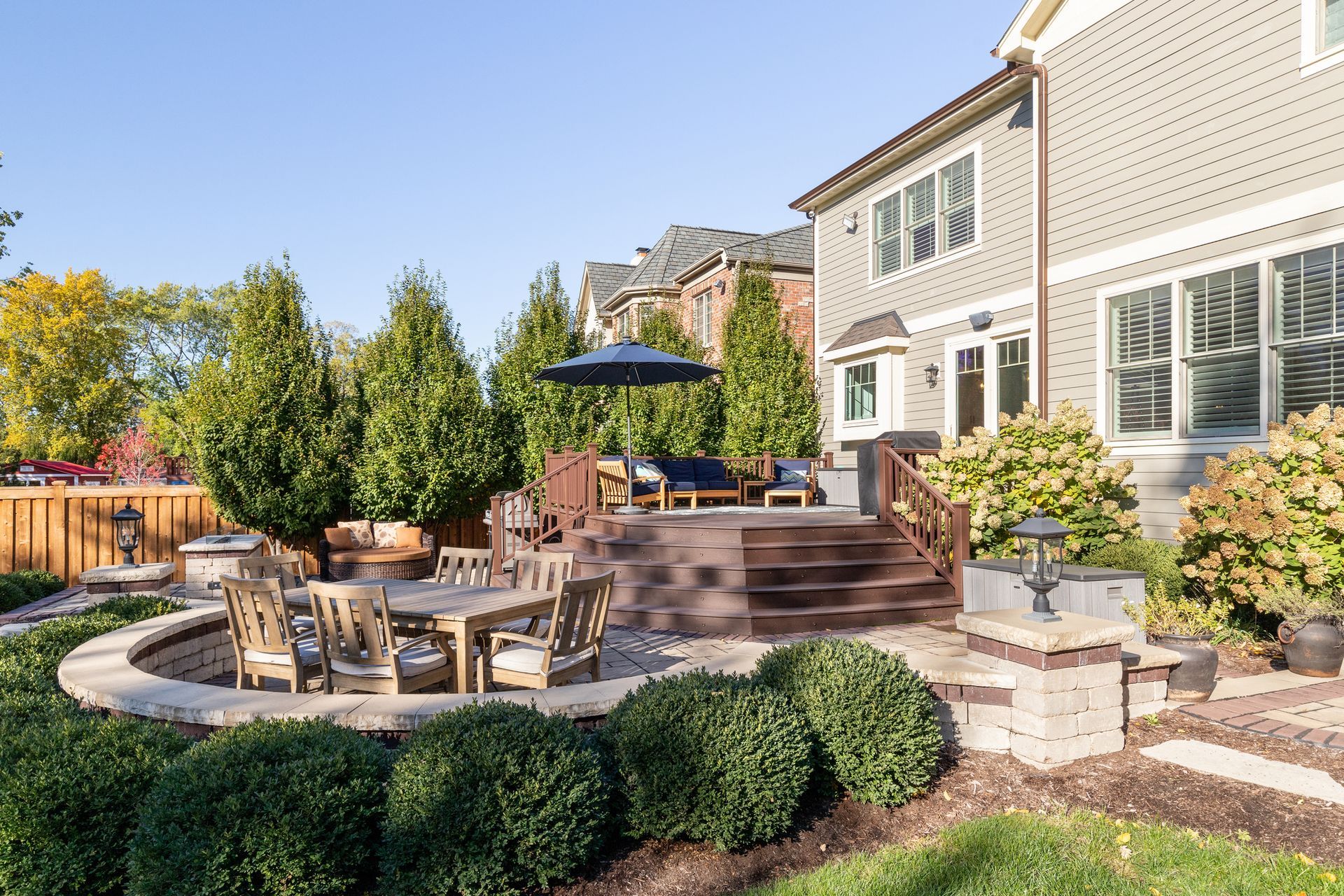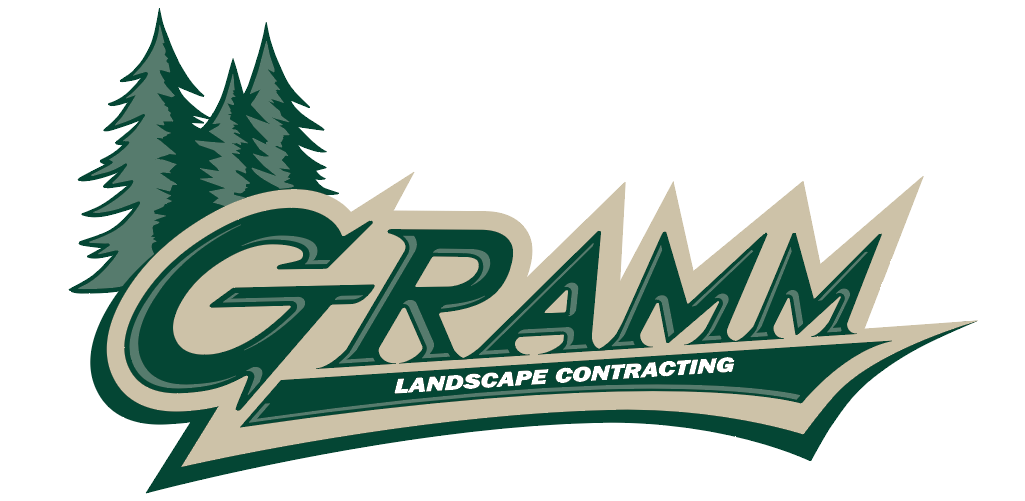The Best Places In Your Yard For Landscape Lighting
Installing outdoor landscape lighting does more than illuminate your outdoor space—it enhances your property’s aesthetic, improves safety, and extends the usability of your yard into the evening hours. However, achieving the perfect look and functionality requires strategic planning and proper positioning of lights.
At Gramm Outdoor Contracting, we specialize in creating outdoor environments that are both stunning and functional.
Why Proper Light Positioning Matters
Strategic placement of landscape lighting ensures your outdoor space is not only well-lit but also visually appealing and practical. Poorly positioned lights can create harsh shadows, wasted energy, or uneven illumination, detracting from the overall ambiance and functionality.
Properly positioned lighting can:
- Highlight key features like gardens, pathways, or architectural elements.
- Improve safety by illuminating steps, driveways, and entryways.
- Create ambiance with balanced lighting that complements your outdoor space.
Key Areas to Illuminate
1. Pathways and Walkways
Position low-voltage lights along paths to safely guide guests while adding charm. Stagger lights on either side of the walkway to avoid a runway effect, ensuring a subtle yet effective glow.
2. Trees and Plants
To highlight trees, use uplights at the base to accentuate their height and structure. For shrubs or flower beds, opt for spotlights or well lights positioned to showcase their textures and colors.
3. Architectural Features
Illuminate architectural details such as stonework, columns, or facades with well-placed uplights or wall washers. This adds depth and highlights the craftsmanship of your home.
4. Outdoor Living Spaces
Focus on areas like patios, decks, and pergolas with task or string lighting to create a welcoming atmosphere. Ensure the lighting is warm and evenly distributed for comfort and functionality.
5. Water Features
Accent fountains, ponds, KOI ponds, or pools with underwater lighting or spotlights to create a magical effect. Be mindful of glare and water reflection to ensure the light enhances rather than overpowers the feature.
Tips for Positioning Landscape Lighting
1. Start with a Plan
Sketch out your yard and identify the features you want to highlight. Consider functionality, aesthetics, and safety when you are coming up with a plan to present to your outdoor lighting contractor.
2. Use Layers of Light
Combine various lighting techniques, such as uplighting, downlighting, and cross-lighting, to create depth and dimension.
3. Avoid Over Lighting
Subtle lighting is often more effective than bright, overpowering illumination. Aim for a soft, natural glow that enhances your space without being harsh.
4. Consider Angles and Shadows
Experiment with angles to create interesting shadows and highlights. For instance, angled uplights can dramatize a tree's branches, while cross-lighting eliminates harsh shadows on larger features.
5. Think About Practicality
Position lights in a way that serves specific functions, like guiding guests along paths, lighting outdoor dining areas, or ensuring safety near stairs and driveways.
Choosing the Right Outdoor Light Fixtures
The type of lighting fixtures you use also impacts the positioning and effectiveness of your landscape lighting. Common options include:
- Path Lights: Ideal for walkways and garden borders.
- Spotlights: Perfect for highlighting specific features, such as trees or sculptures.
- Floodlights: Best for broad illumination of large areas, like driveways or patios.
- Well Lights: Discreet fixtures embedded in the ground, often used for uplighting trees or walls.
- String Lights: Great for creating ambiance in seating or dining areas.
At Gramm Outdoor Contracting, we will guide you in selecting the right outdoor lighting fixtures to match your existing landscape design to help you achieve the aesthetics you desire for your yard.
Common Mistakes to Avoid
Placing Lights Too Close Together
Overcrowding outdoor lights can lead to too much lighting, uneven lighting and wasted energy. Maintain proper spacing for a balanced look. If your landscape features get lost because it is too bright you may lose the effect you are going for, and potentially make any neighbors upset in the process.
Ignoring Glare
Ensure fixtures are angled or shielded to prevent glare, especially near seating areas or entryways. You also don't want light shining in the windows of your house. Making sure there is no glare is an important step to make sure your outdoor lights are not overwhelming.
Overlooking Maintenance
Consider accessibility when positioning lights to allow for easy cleaning and bulb replacement. If the lights are hard to get to, or are too close to a tree that will get bigger and block it, you could make things difficult for yourself in the future.
Skipping Professional Installation
Poor wiring or placement can result in malfunctioning lights or inconsistent illumination. Working with experts like Gramm Outdoor Contracting ensures seamless installation.
Why Choose Gramm Outdoor Contracting?
At Gramm Outdoor Contracting, we bring expertise and creativity to every landscape lighting project. From planning to installation, our team ensures your outdoor space is beautifully lit and perfectly functional.
What We Offer:
- Custom Designs: Tailored lighting solutions that enhance your property’s unique features.
- High-Quality Fixtures: Durable and stylish lighting options that complement your landscape.
- Professional Installation: Expert positioning and wiring for flawless performance.
- Maintenance Support: Keep your lighting system in top condition year-round.
Light Up Your Landscape
Ready to transform your outdoor space with stunning landscape lighting? Gramm Outdoor Contracting is here to help. Our team specializes in creating beautifully illuminated landscapes that enhance the beauty, safety, and usability of your property.
Contact Us Today For Landscape Lighting
Reach out to Gramm Outdoor Contracting for a consultation and discover how professional landscape lighting can elevate your outdoor space.

Author: Jake Gramm
Owner & Founder of Gramm Outdoor Contracting, Jake leads crew of experts in hardscaping and landscaping installations providing top notch work to the Pittsburgh area.
You might also like




